All-on-6 implantation

specialists

equipment

treatment

Indications for implantation
- Significant destruction of tissue around teeth caused by periodontitis
- Multiple tooth loss due to accident, tooth decay or gum disease
- Thinning or damage to the dentition due to age-related changes and chronic diseases
- Patient's desire to obtain a more reliable and durable result than bridges or prostheses
- Insufficient quantity and poor quality of natural teeth needed to support dentures
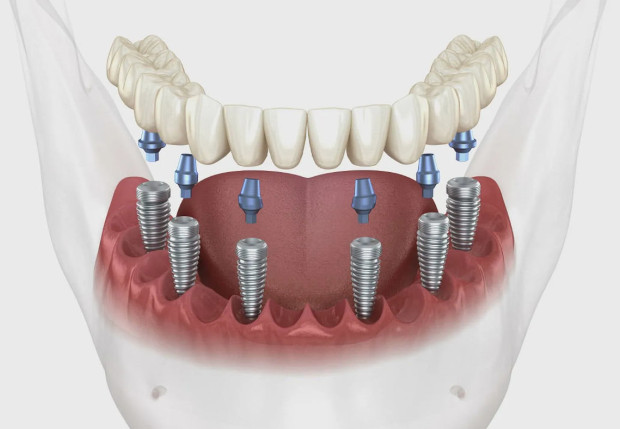
Among the advantages of all on 6 dental implantation, doctors highlight the following:
- Minimally invasive and low likelihood of complications
- No need for bone grafting due to 45 degree angular installation of side implants
- Saving up to 40% compared to the traditional implantation method
- Possibility of installing a temporary prosthesis immediately after surgery
The technology is excellent for the treatment of total adentia. All implants are installed simultaneously and are immediately loaded with a temporary lightweight bridge, which speeds up the process of their healing and regeneration.
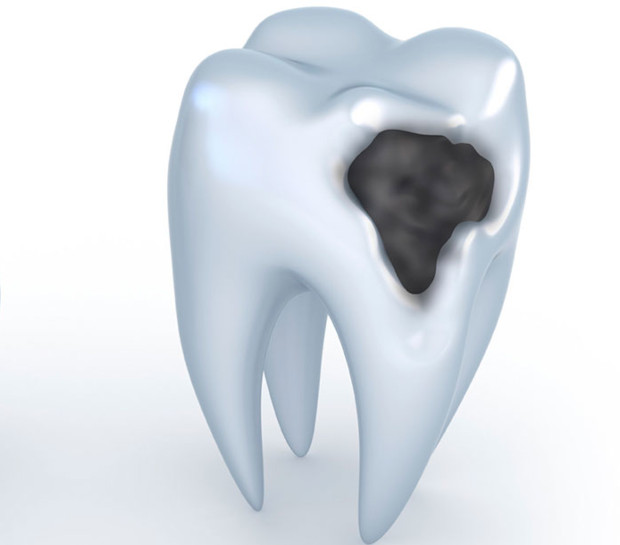
The main contraindication to implantation is the presence of periodontal disease or caries. Doctors recommend first treating all active infections in the mouth, then performing surgery.
Other contraindications include:
- TB in the active phase
- Unstable diabetes
- Immunodeficiencies
- Blood circulation disorders
- TMJ dysfunction
- Severe bone tissue atrophy
- Oncology
- CNS diseases
Smoking is a risk factor that impairs the healing process and increases the likelihood of implant failure. Bruxism or excessive teeth grinding increases stress on the implants, so patients with such problems should not undergo surgery.
What prostheses are used during All-on-6 surgery
When the implants are fully integrated with the bone, the frameless prosthesis is replaced with a permanent one. At the same time, a prosthesis with a metal frame can serve for many years before being replaced with a permanent one.
After temporary prostheses, doctors install permanent structures. They are made from nickel-chromium alloy, titanium or zirconium. The surface of the crowns is covered with ceramic mass, zirconium dioxide, ceramic composite or metal ceramics. These prostheses have an aesthetic appearance and do not cause discomfort.
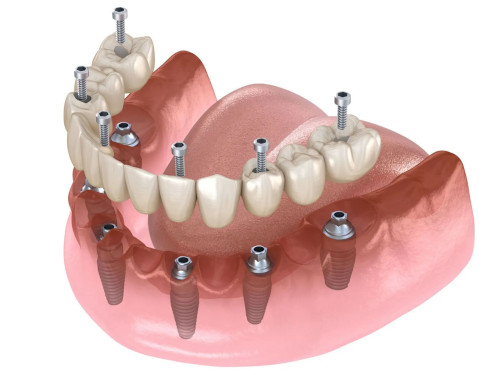
Within the framework of the All-on-6 technique, two types of adaptive prostheses are used:
- Frameless They are plastic teeth on an acrylic base. Due to the absence of metal elements, the products are lightweight, but take up more space in the mouth
- With a metal frame More durable and compact designs that provide maximum comfort during use
General information about the procedure
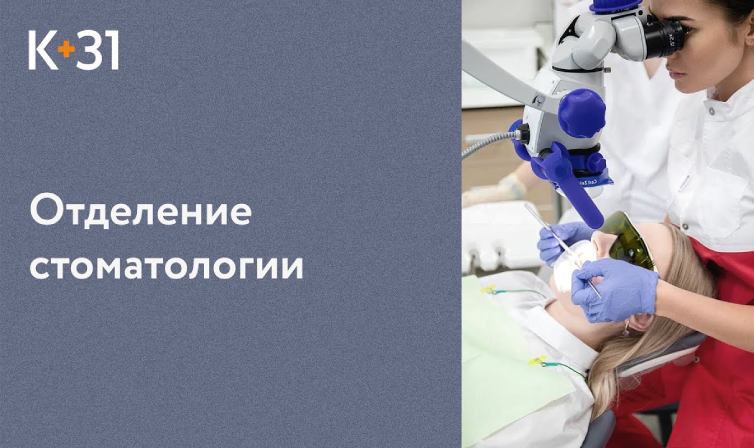
Modern methods of diagnostics and dental treatment at "K+31"
Our doctors

This award is given to clinics with the highest ratings according to user ratings, a large number of requests from this site, and in the absence of critical violations.

This award is given to clinics with the highest ratings according to user ratings. It means that the place is known, loved, and definitely worth visiting.

The ProDoctors portal collected 500 thousand reviews, compiled a rating of doctors based on them and awarded the best. We are proud that our doctors are among those awarded.
Make an appointment at a convenient time on the nearest date
Price

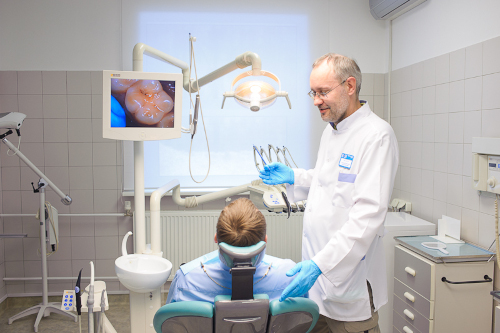


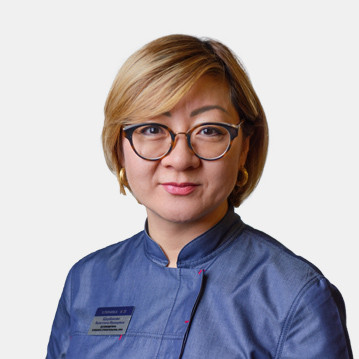
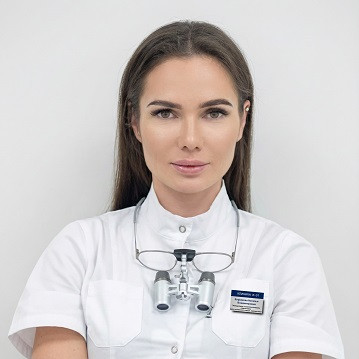

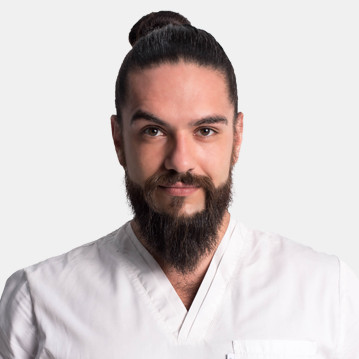
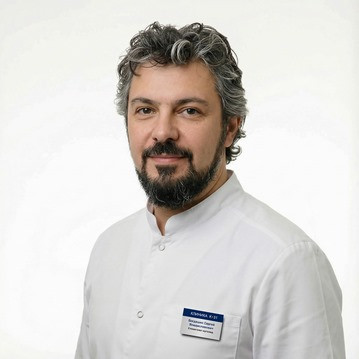
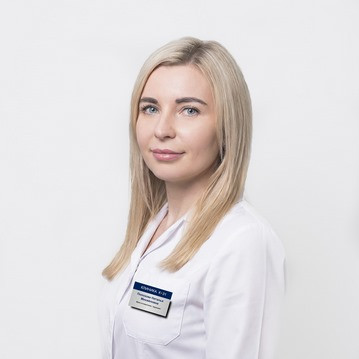
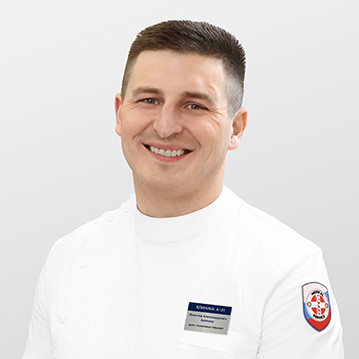
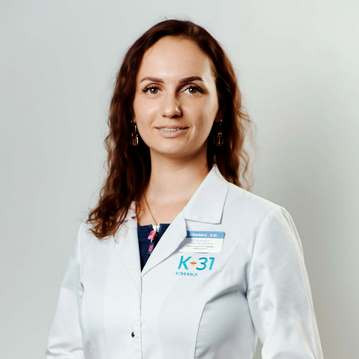
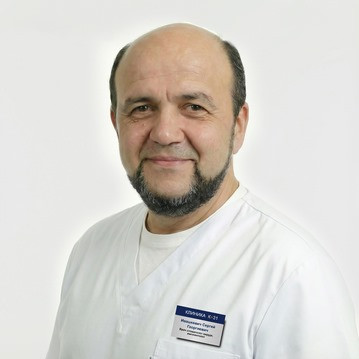
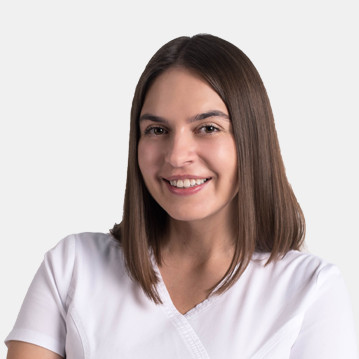
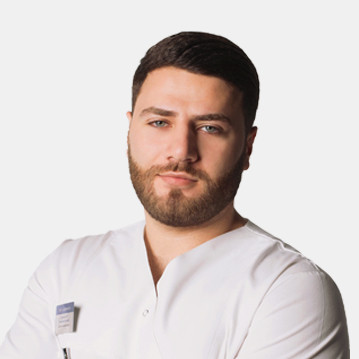
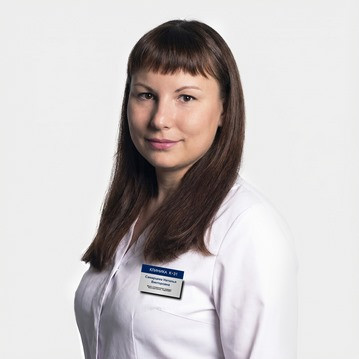

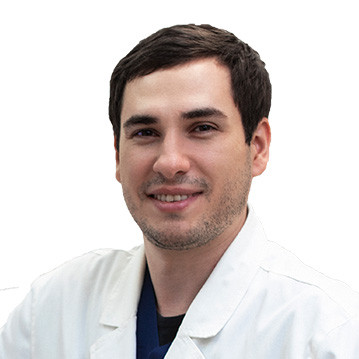
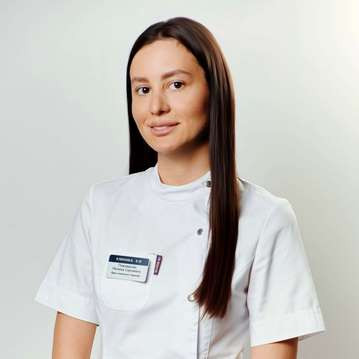
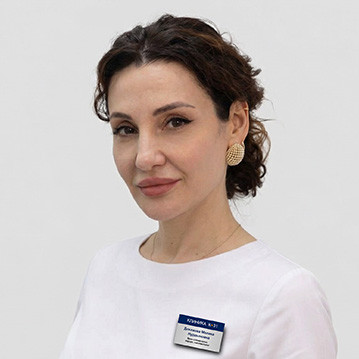
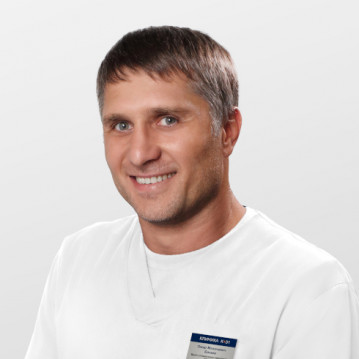
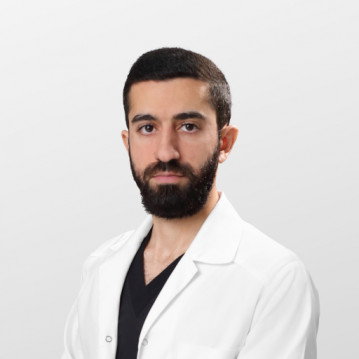
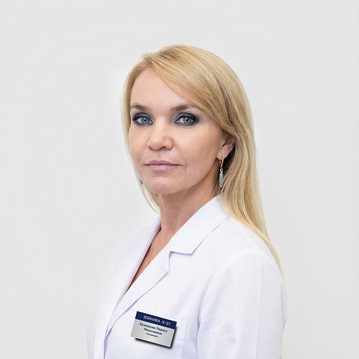
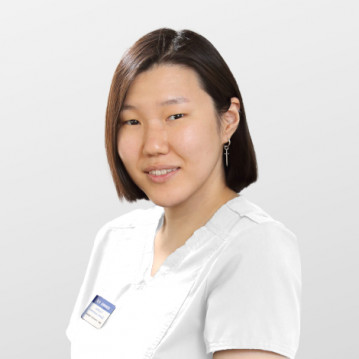
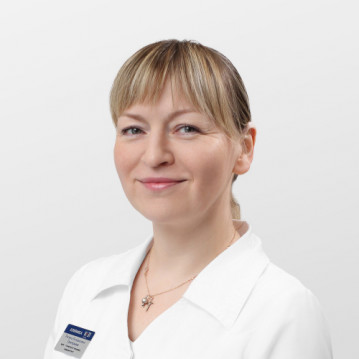

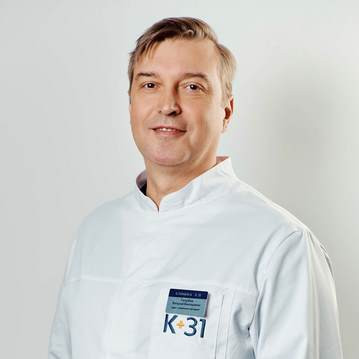
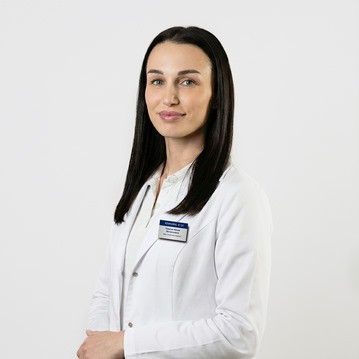
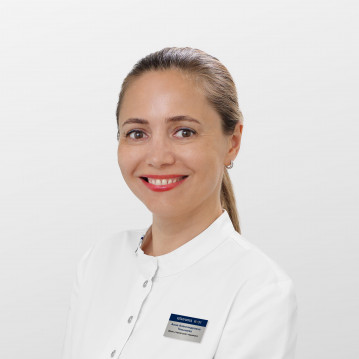
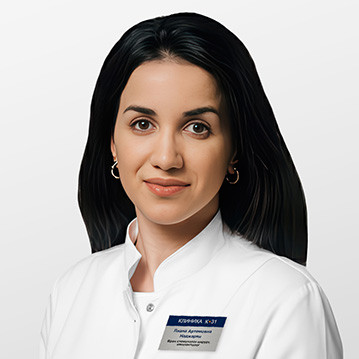
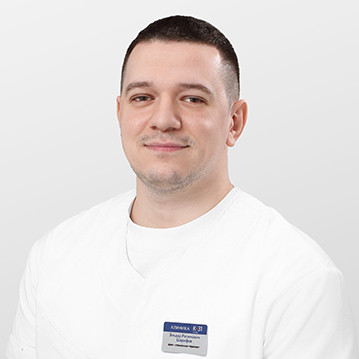
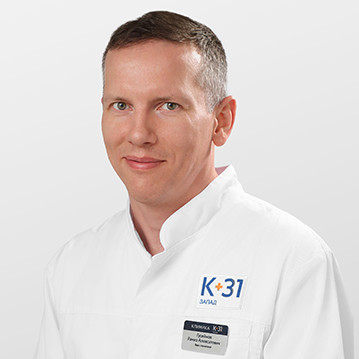
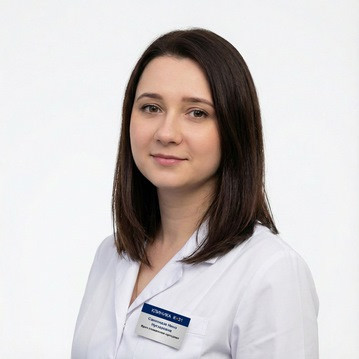
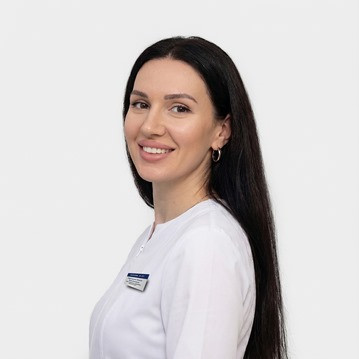

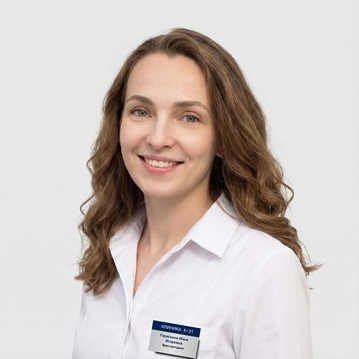
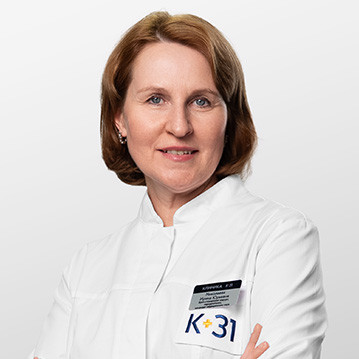
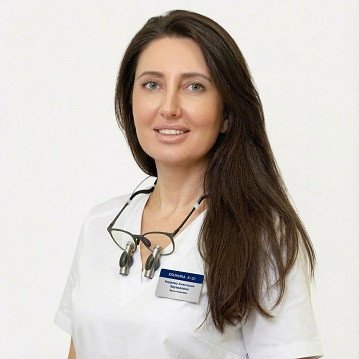
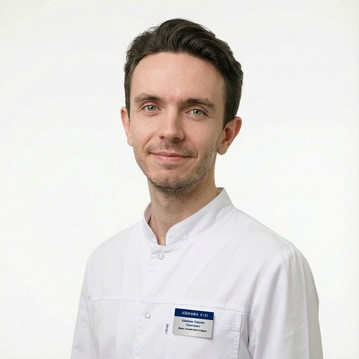

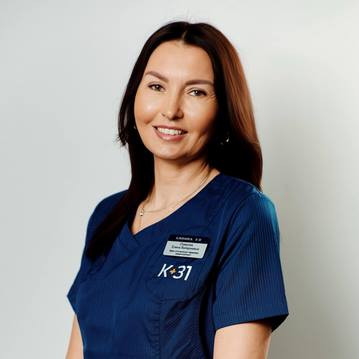

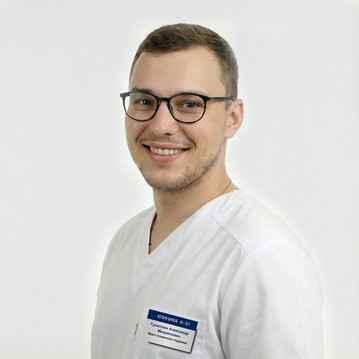


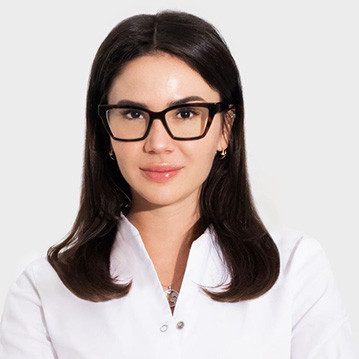
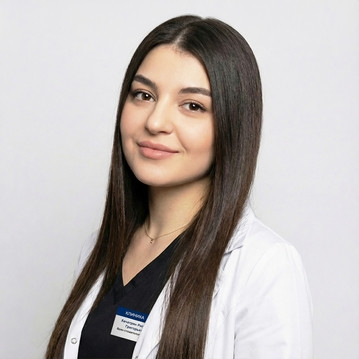
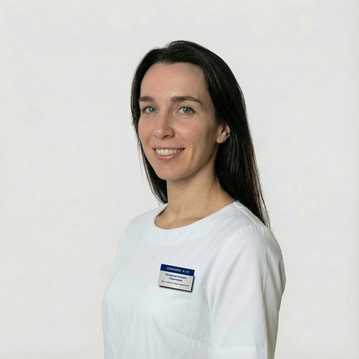
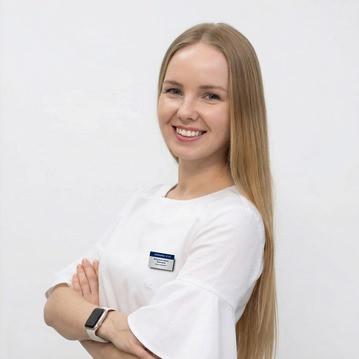







Comparison of All-on-6 and All-on-4 techniques
The All-on-6 and All-on-4 techniques are used to completely restore the dental arch. Both procedures involve the installation of a permanent bridge on the upper or lower jaw, but have distinctive features. Among them:
When choosing a technique, the doctor takes into account the structure of the jaw, general health, budget and patient preferences.